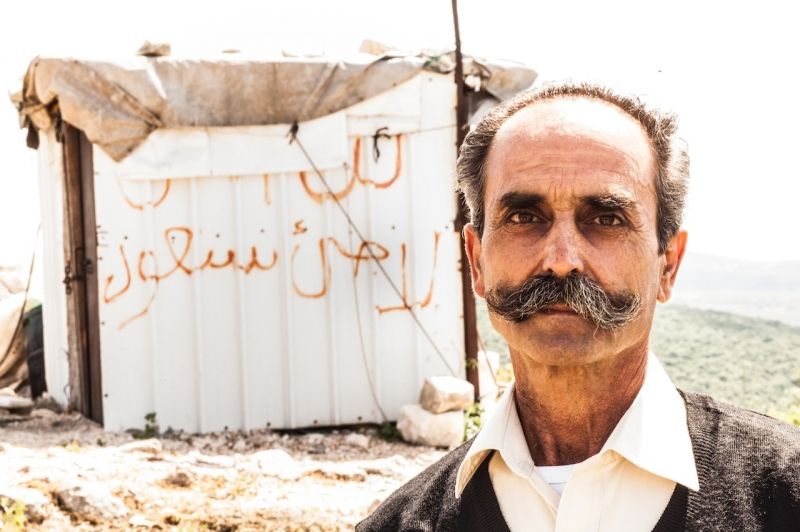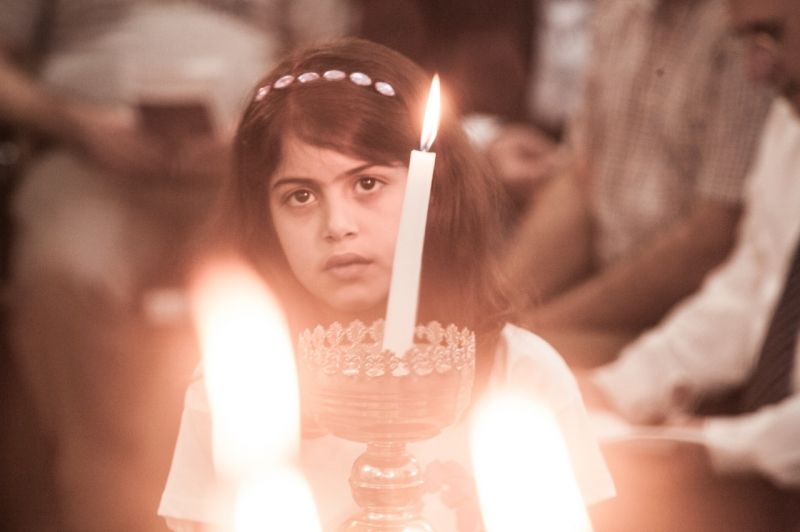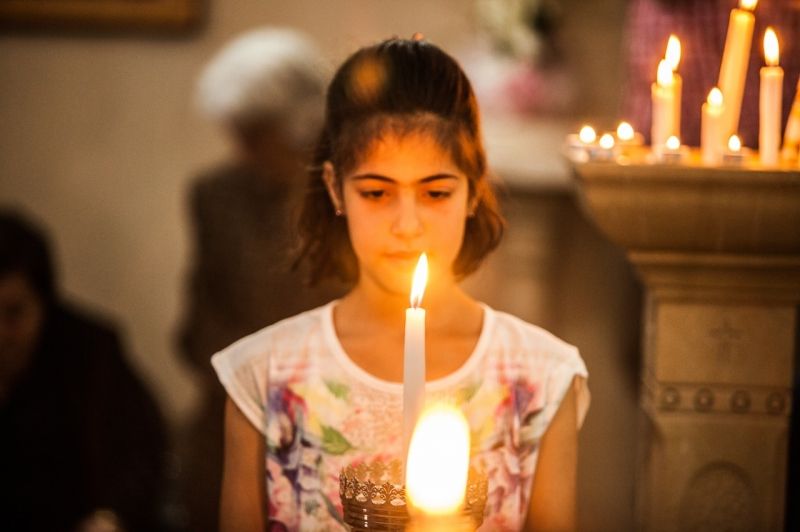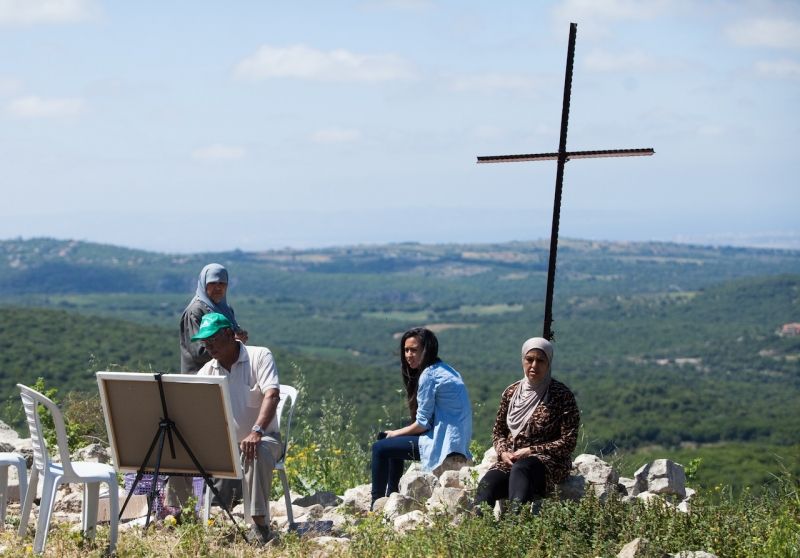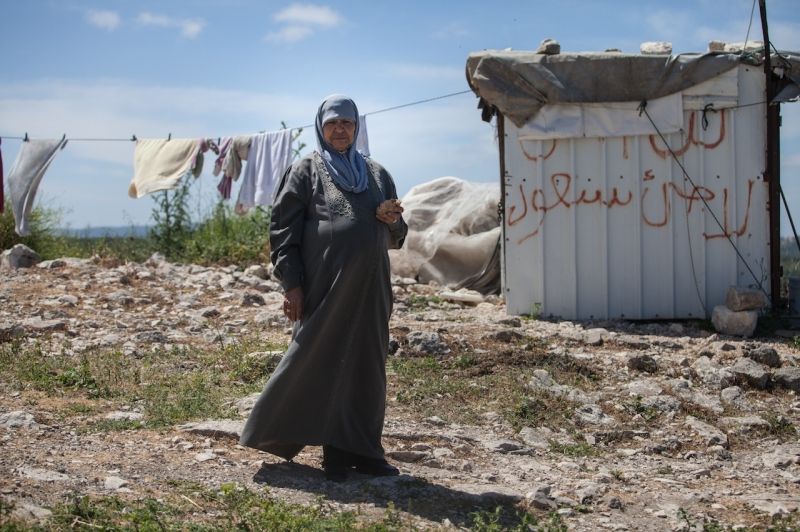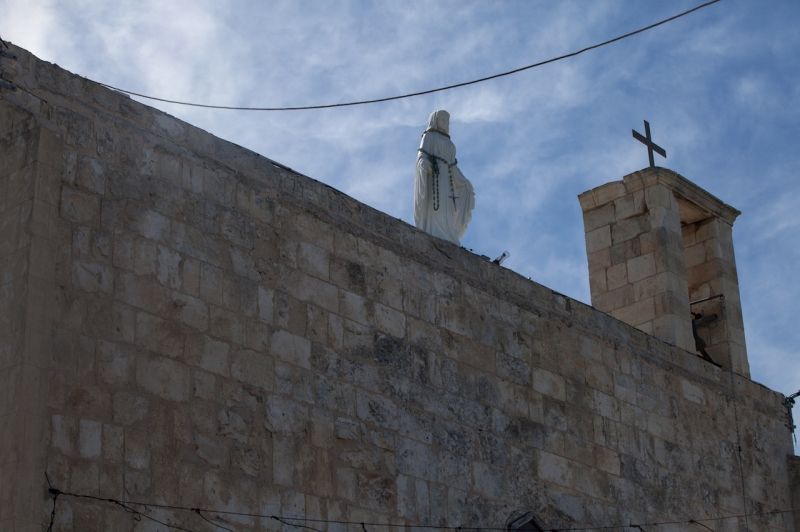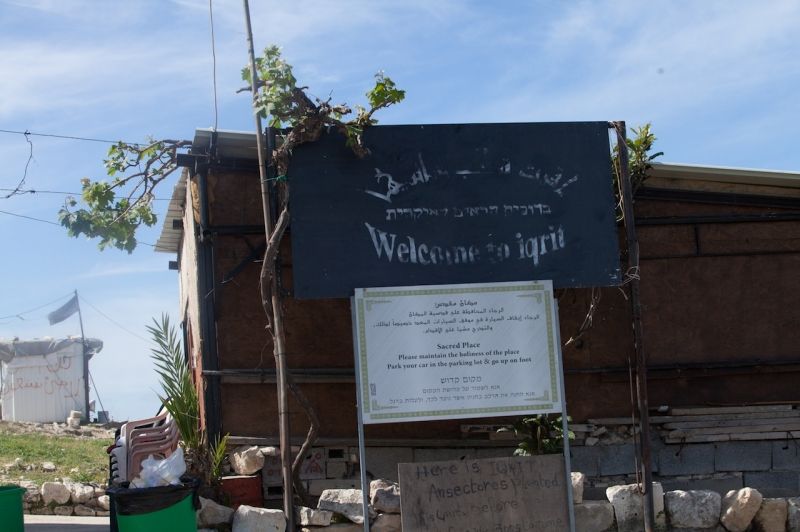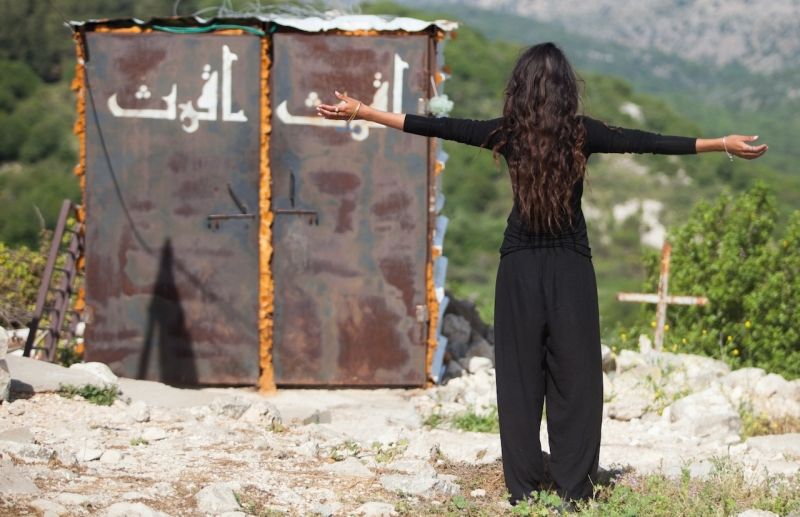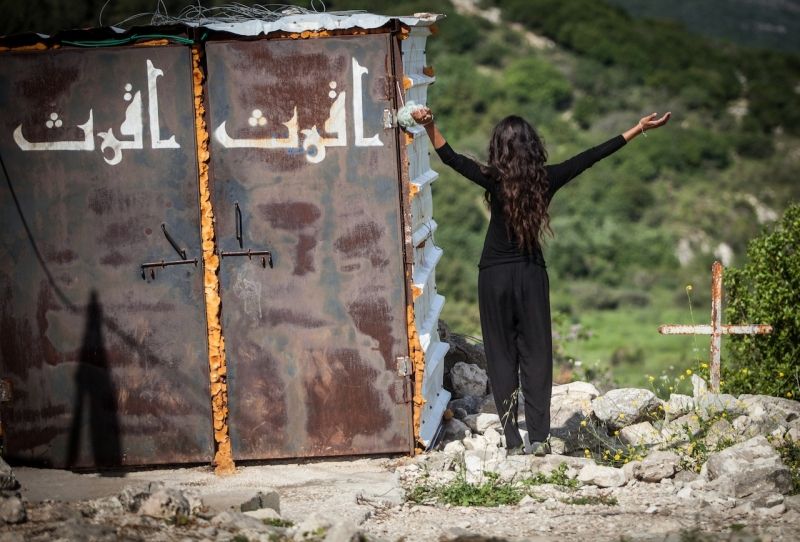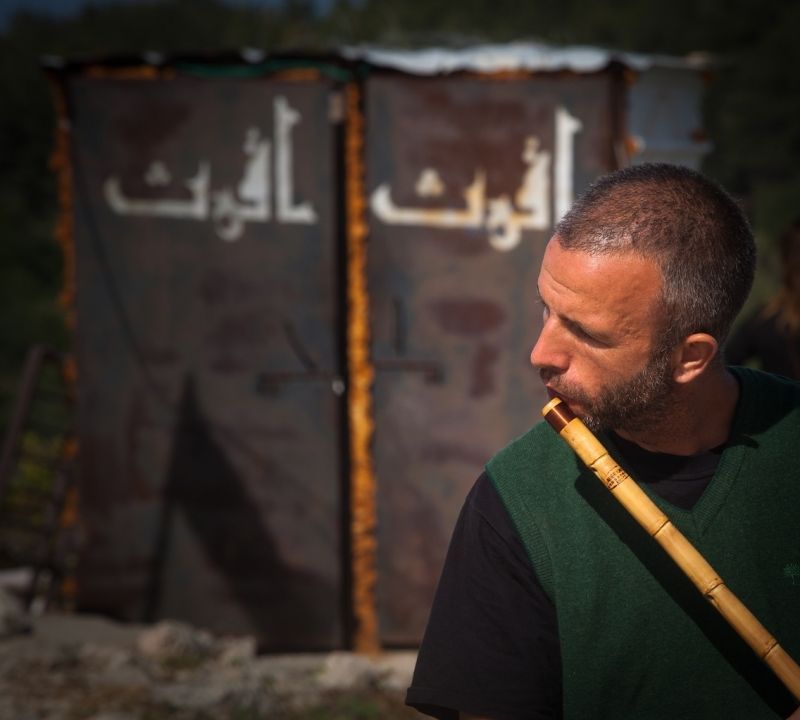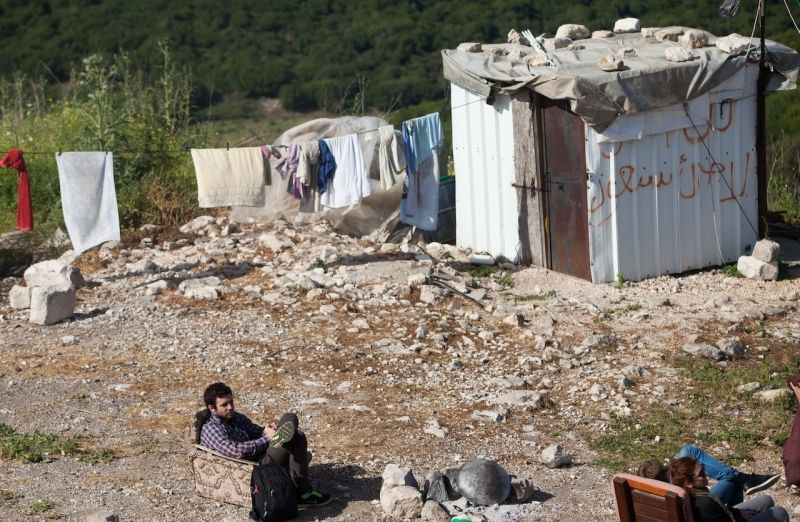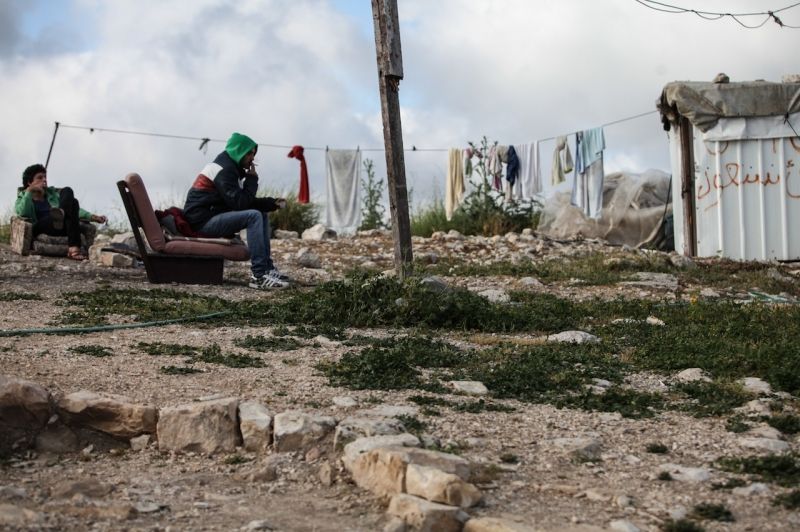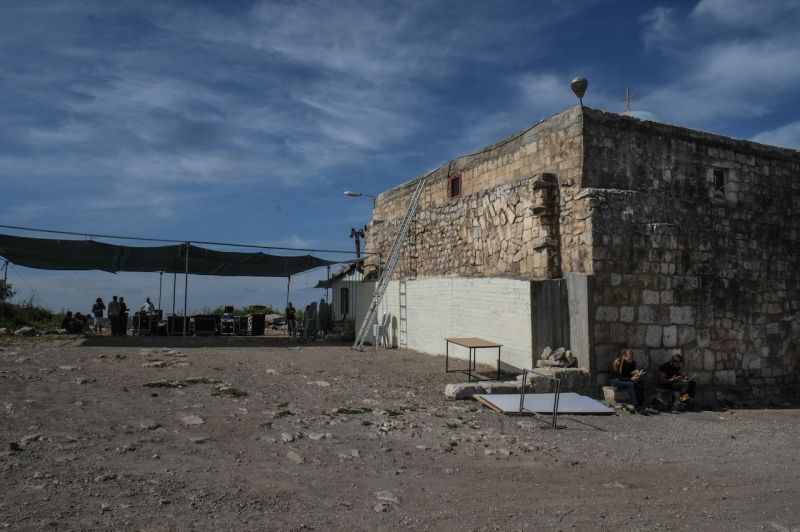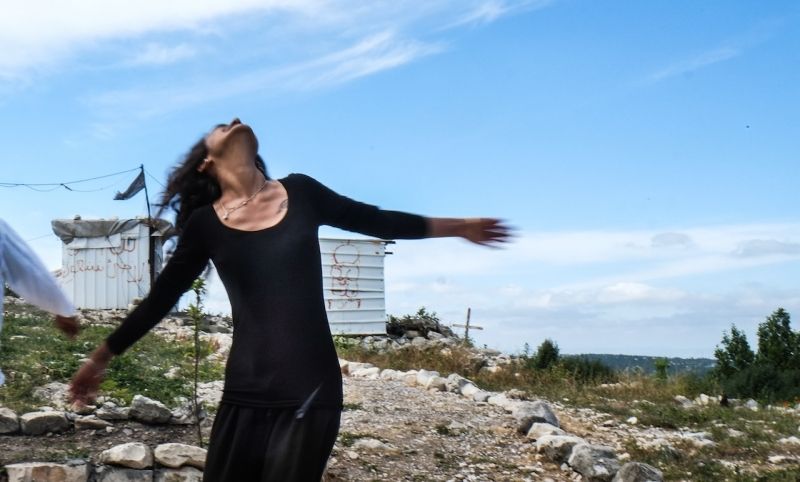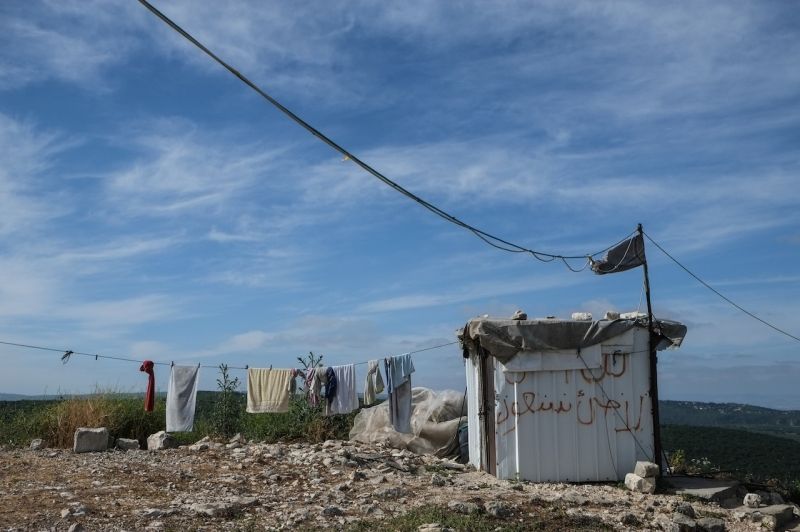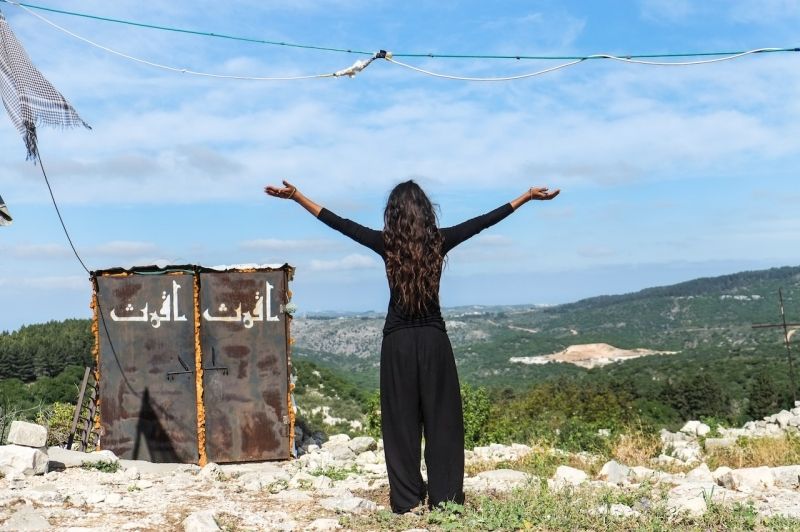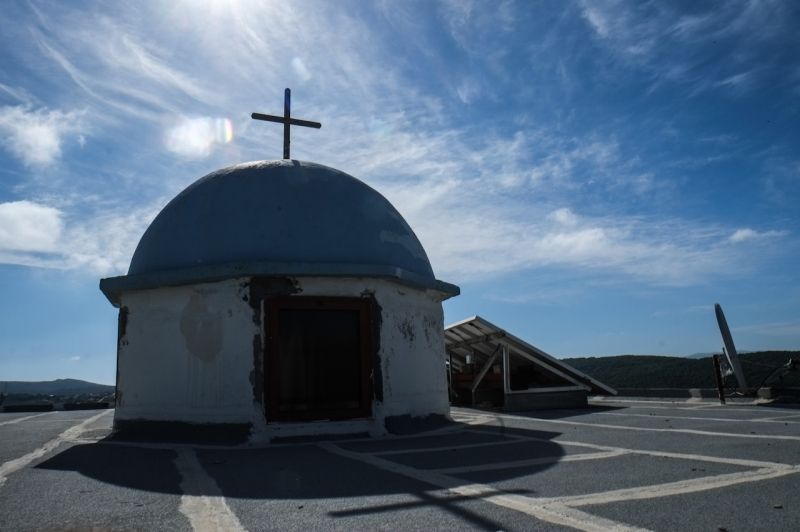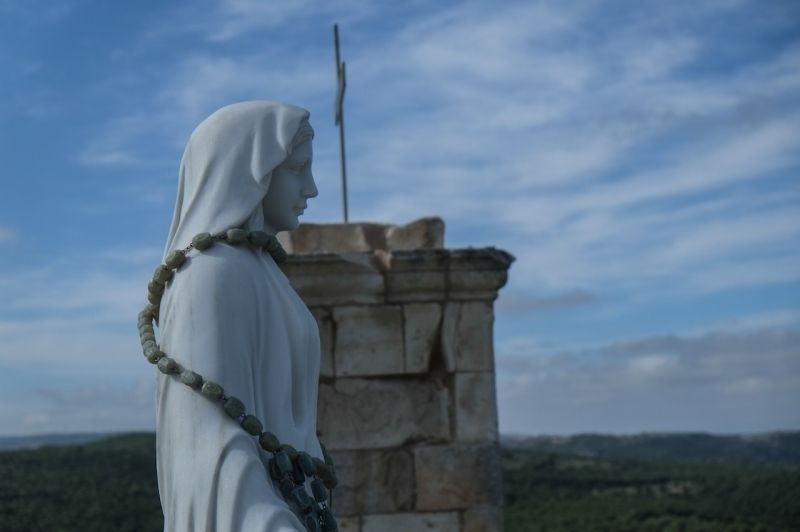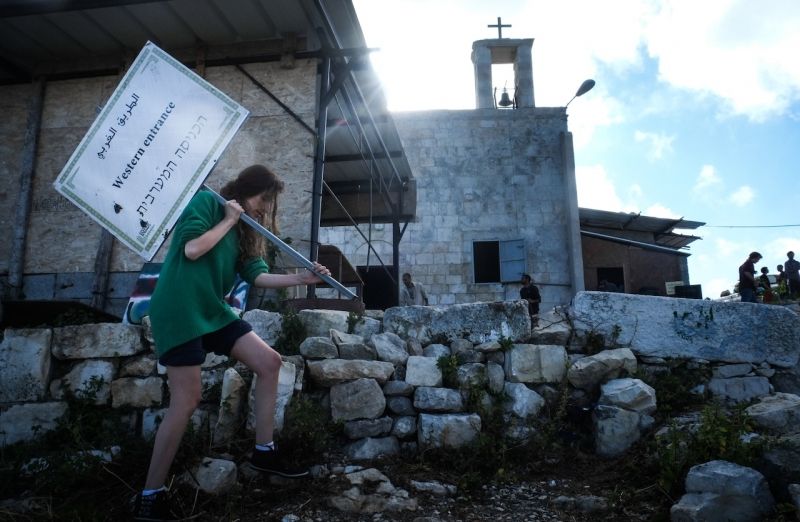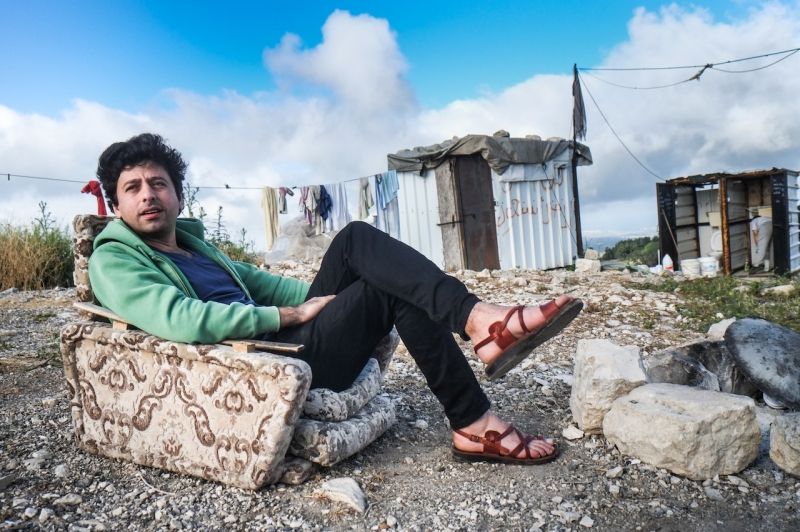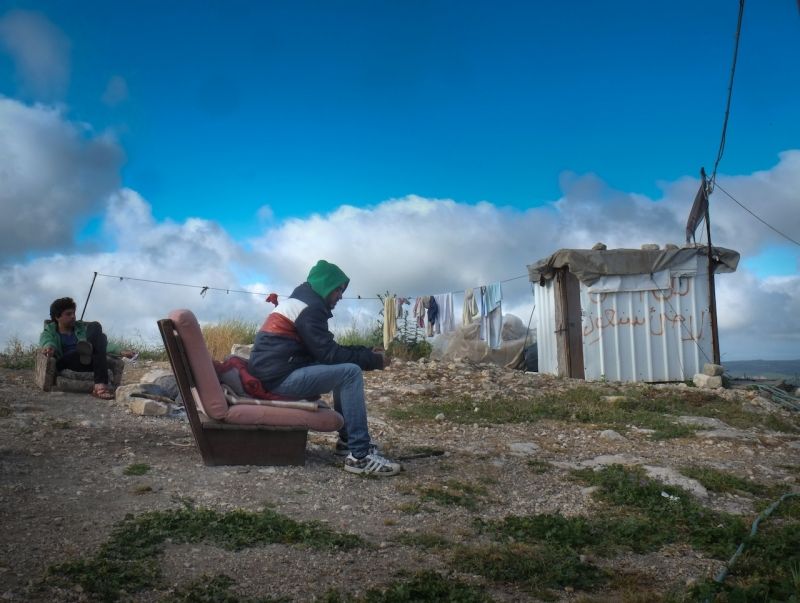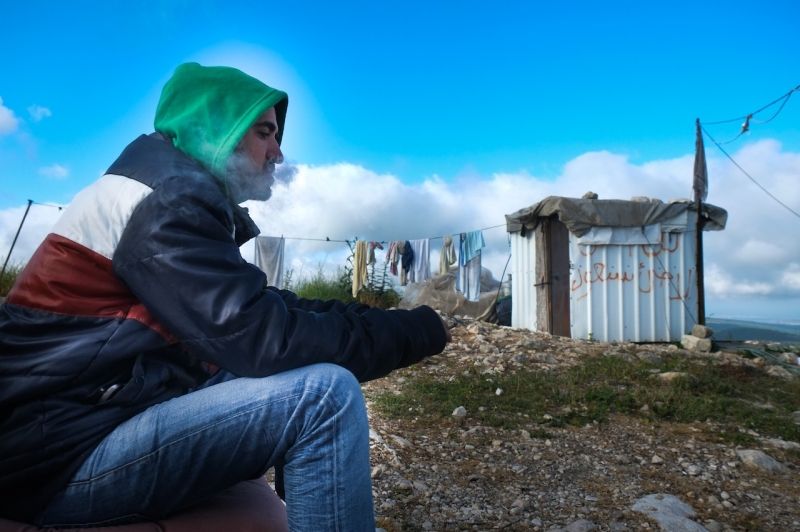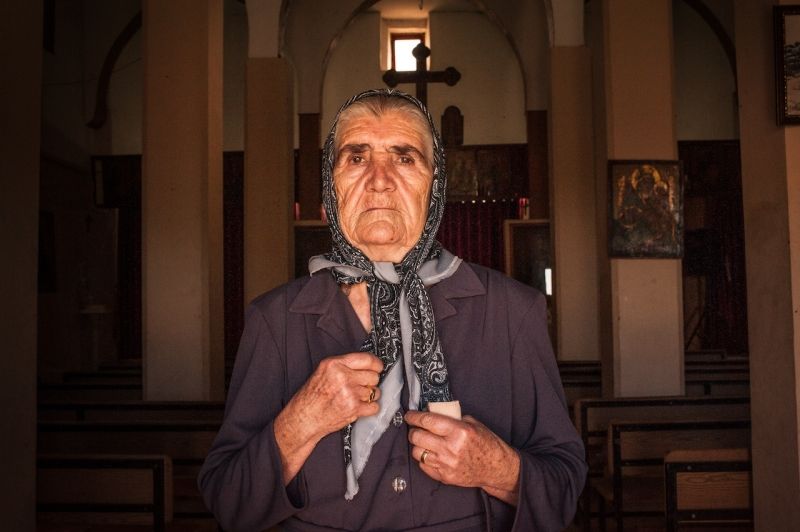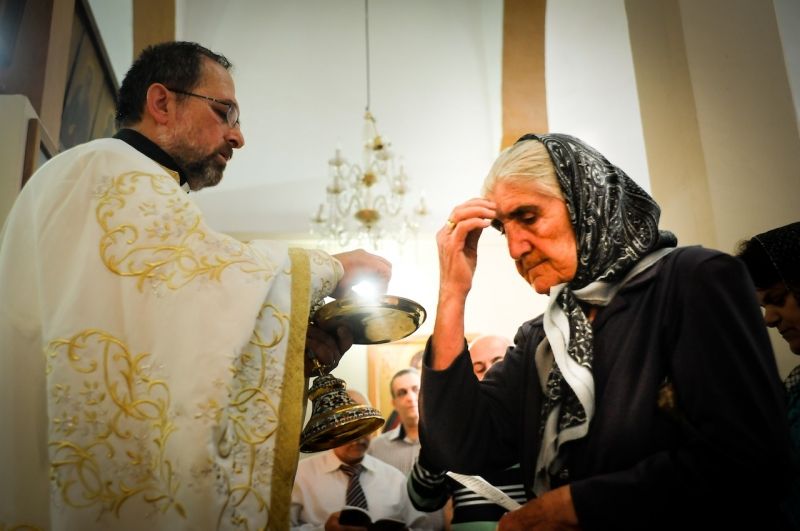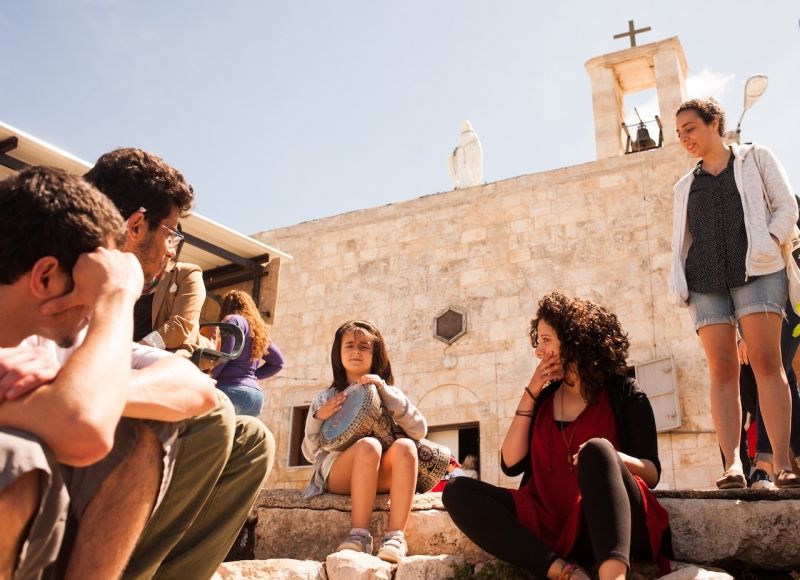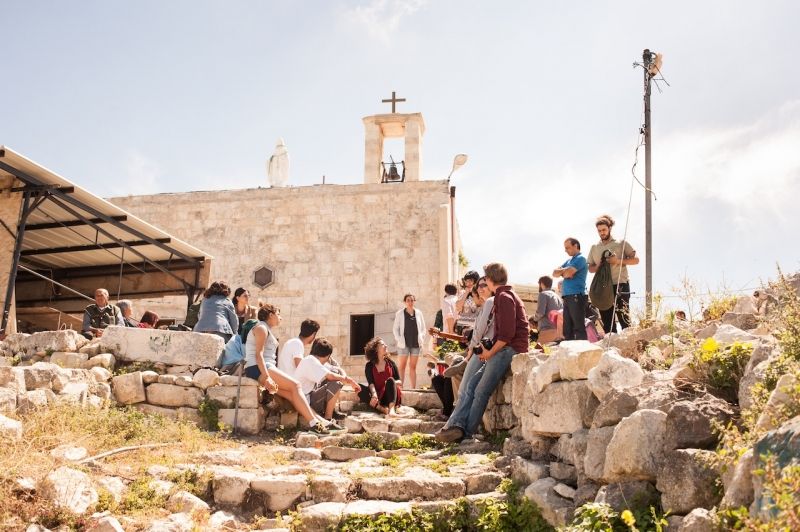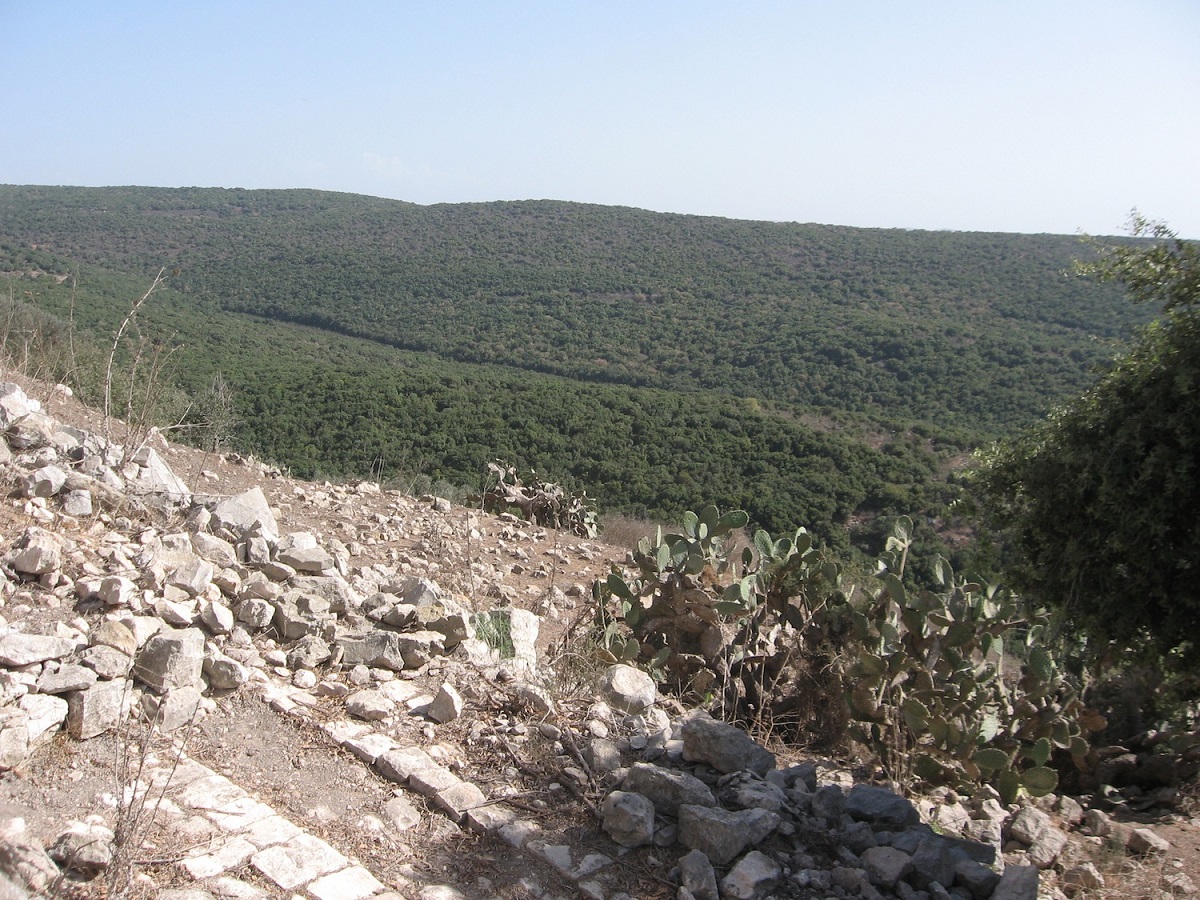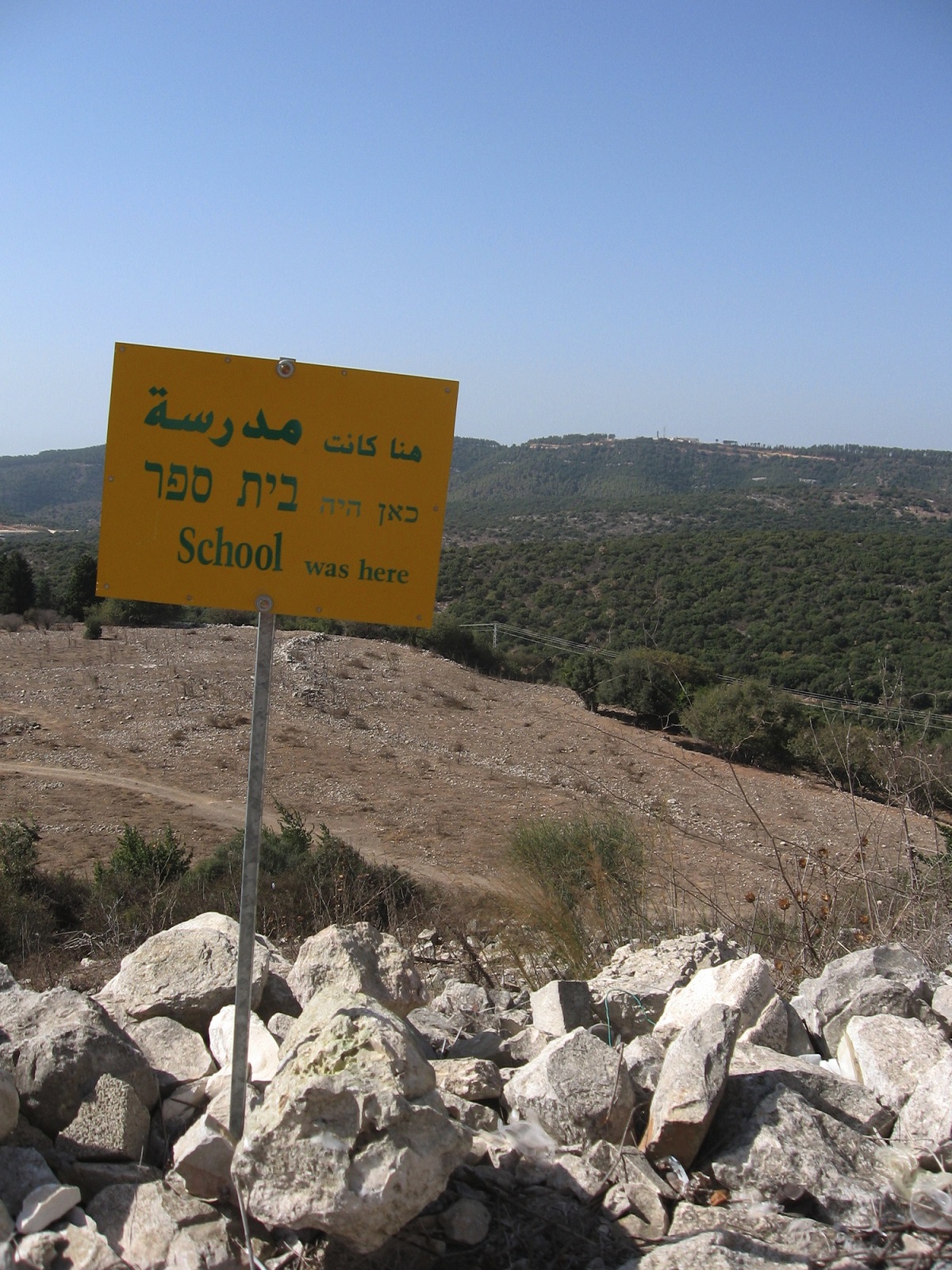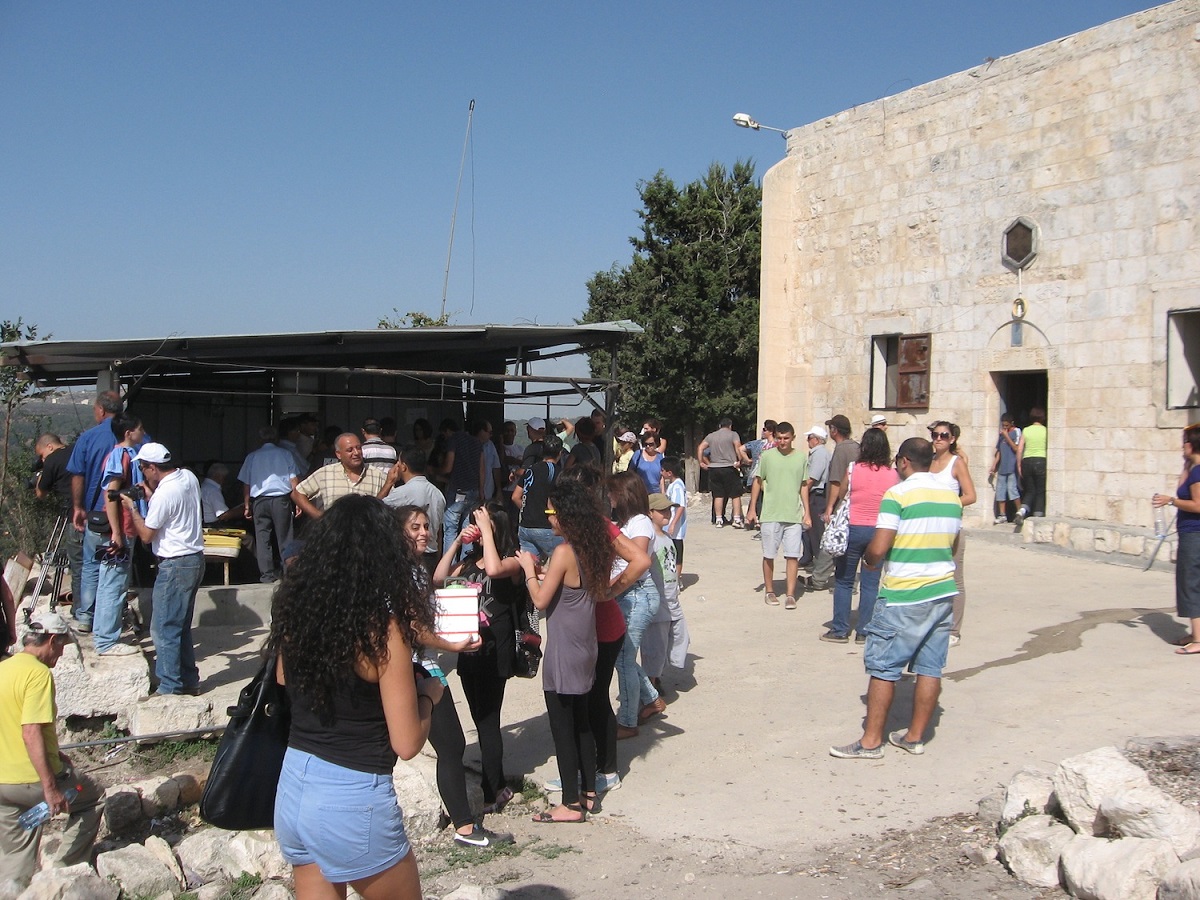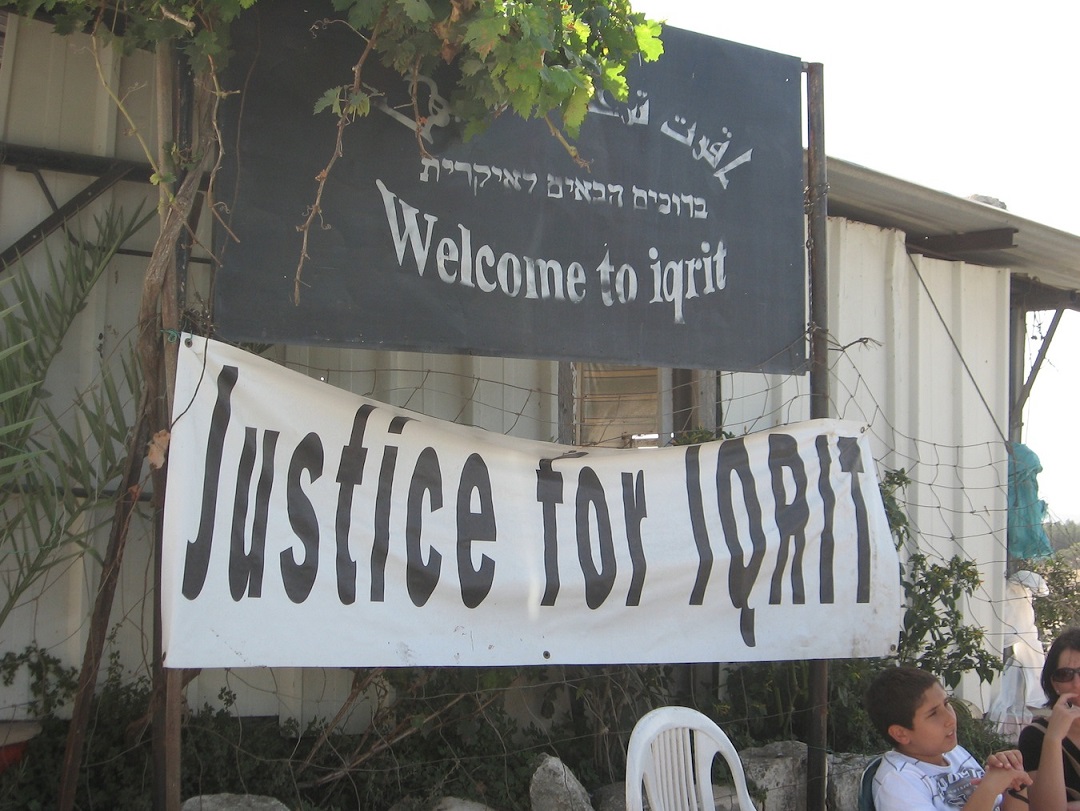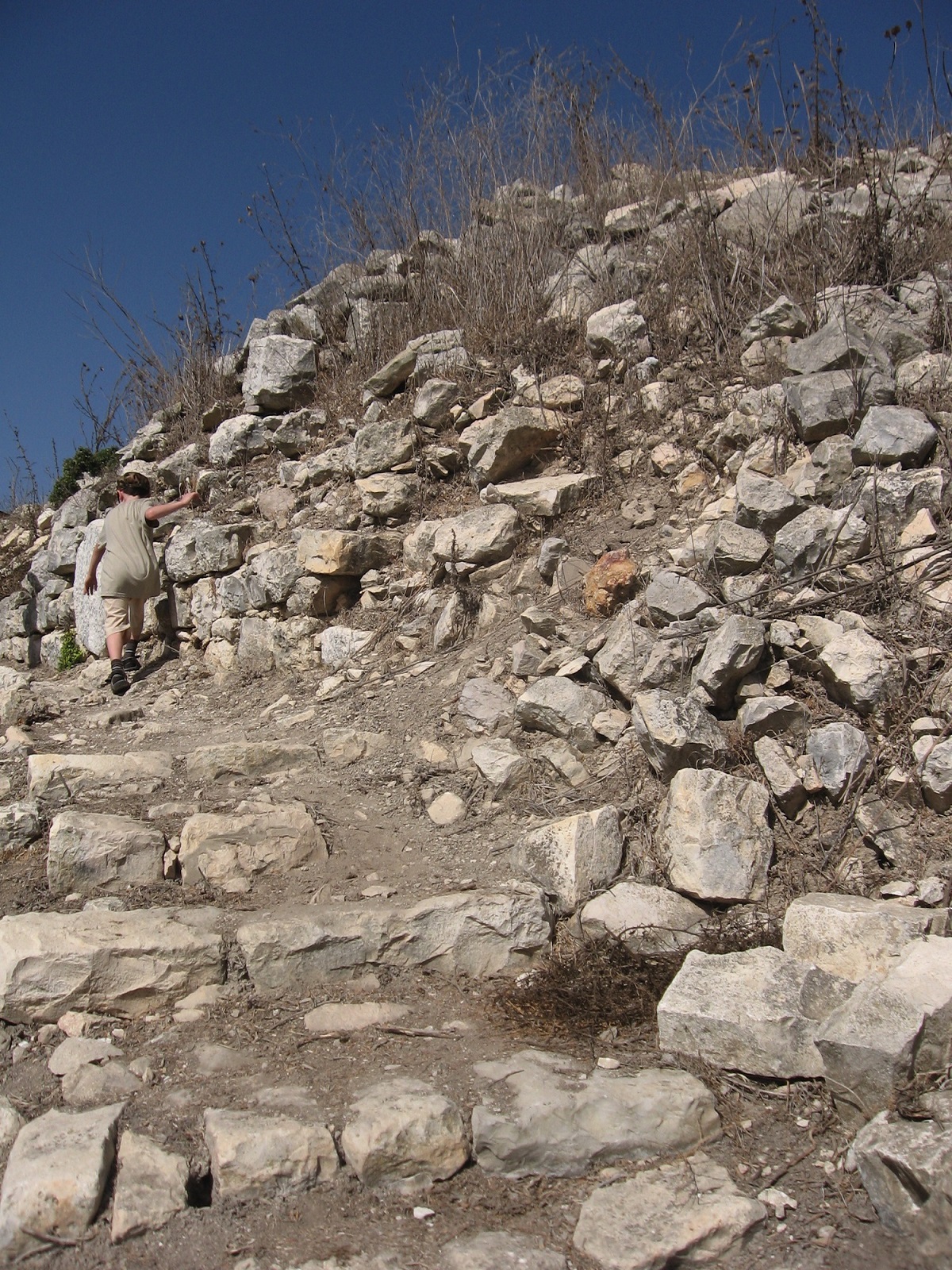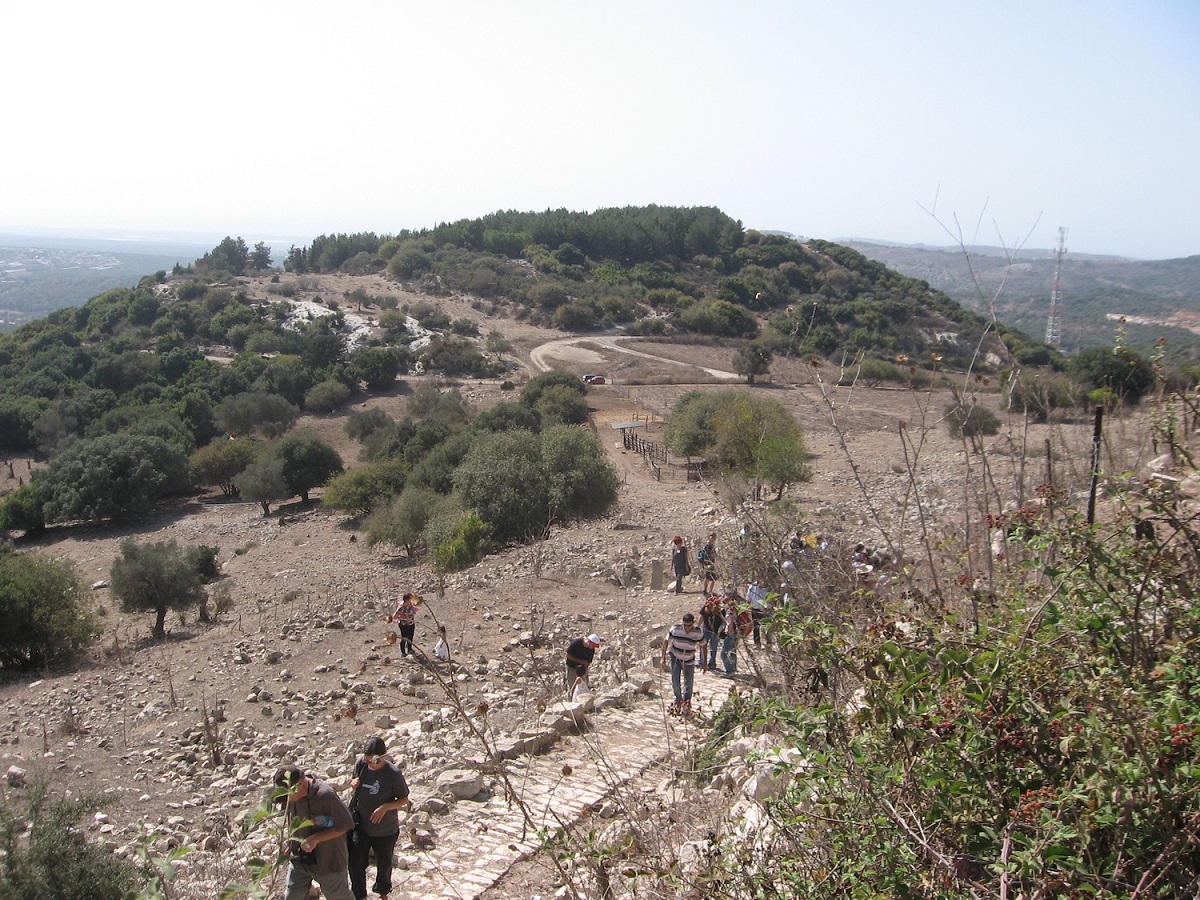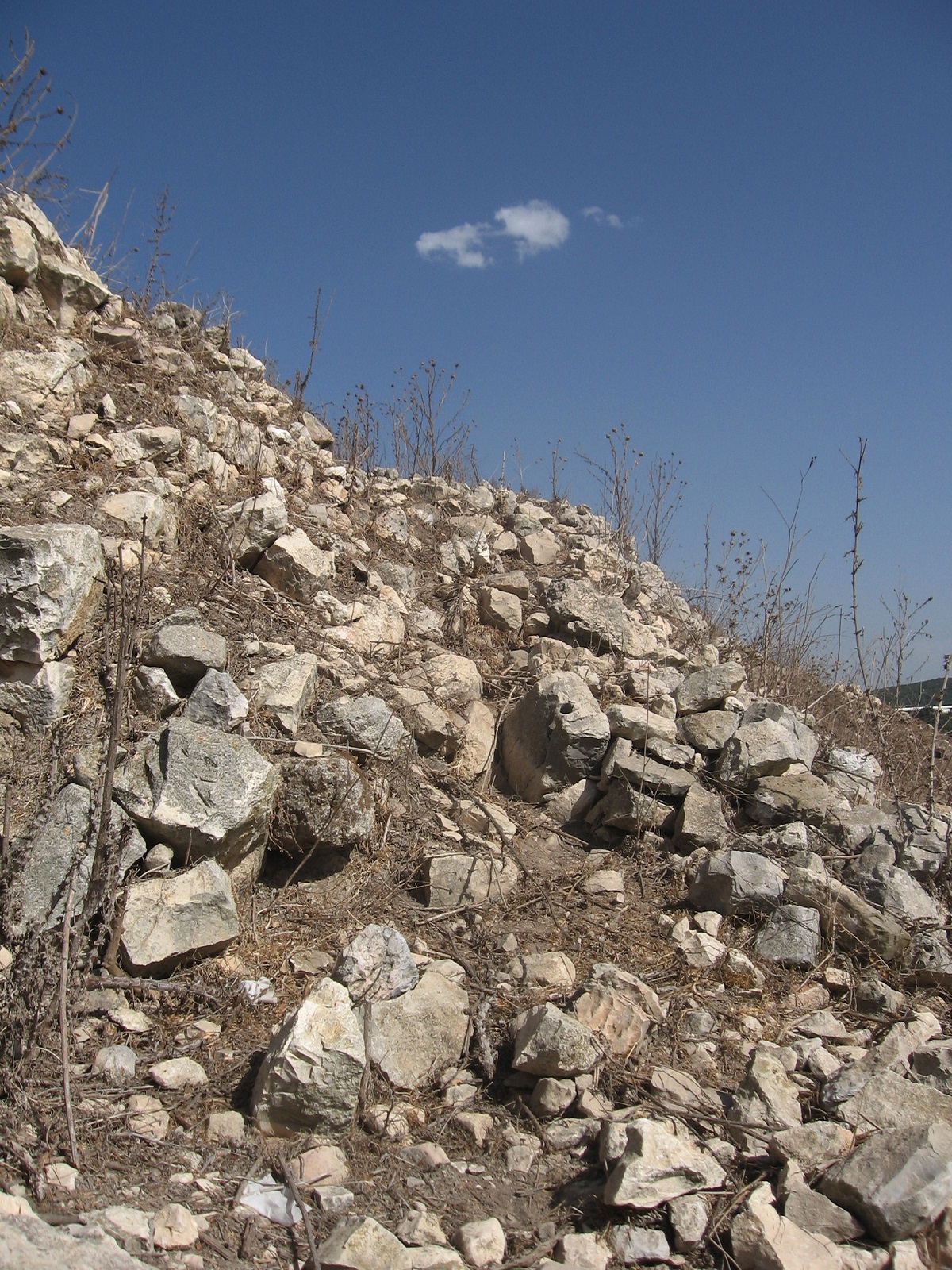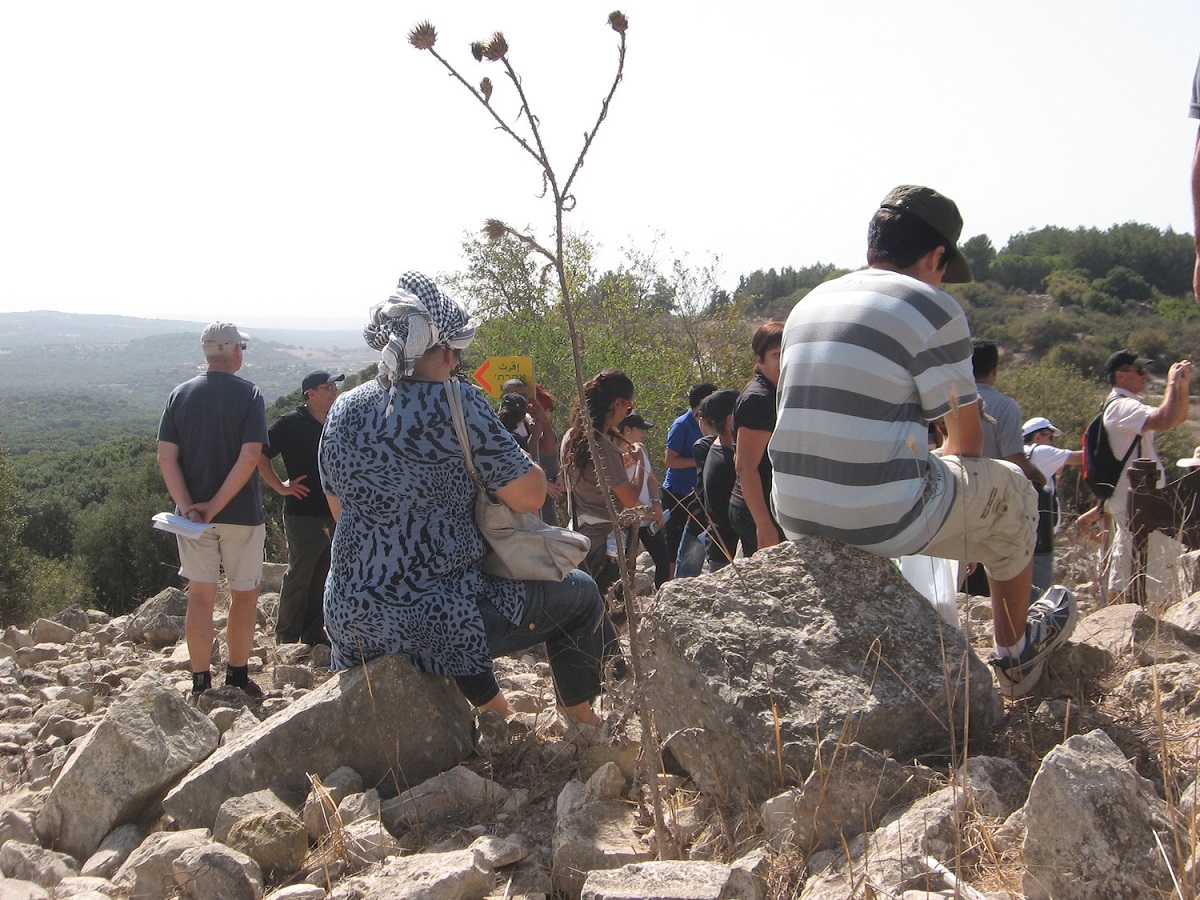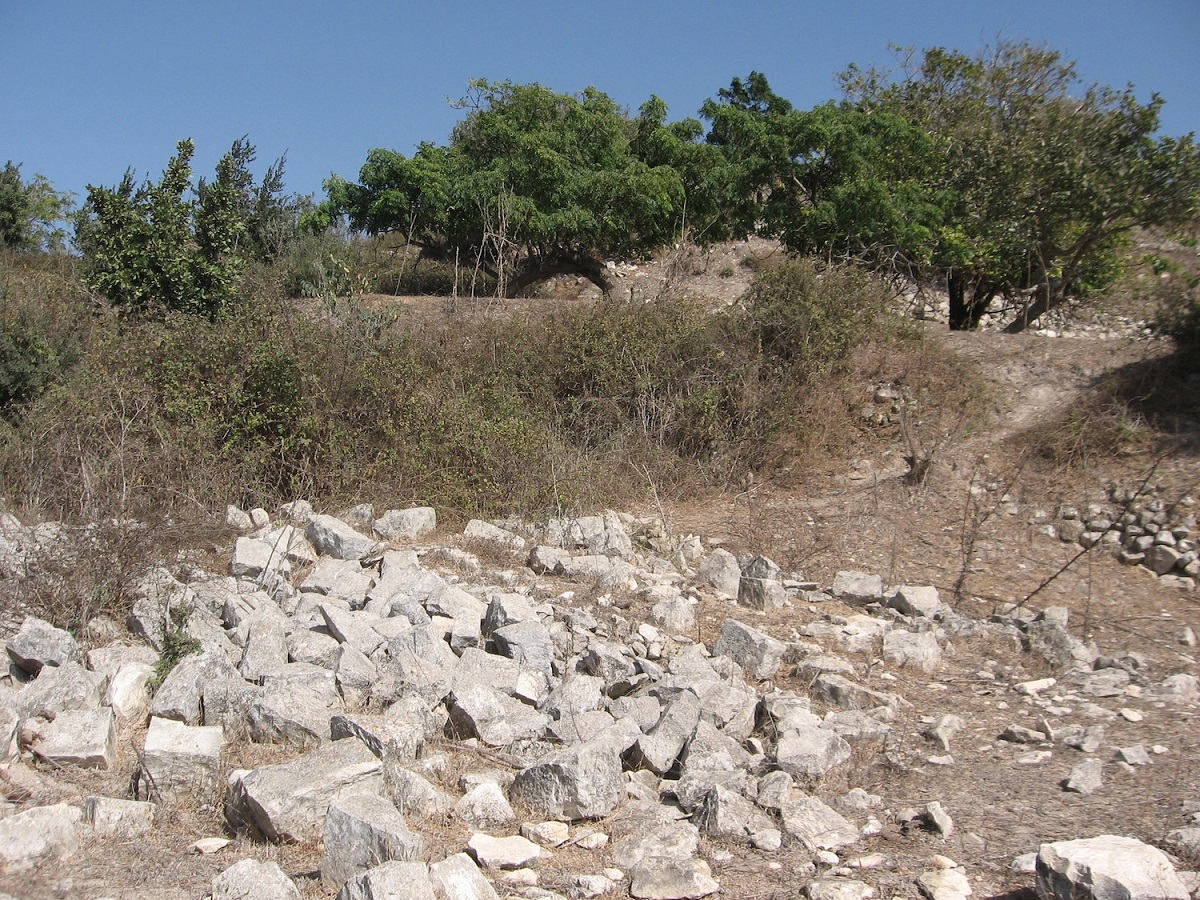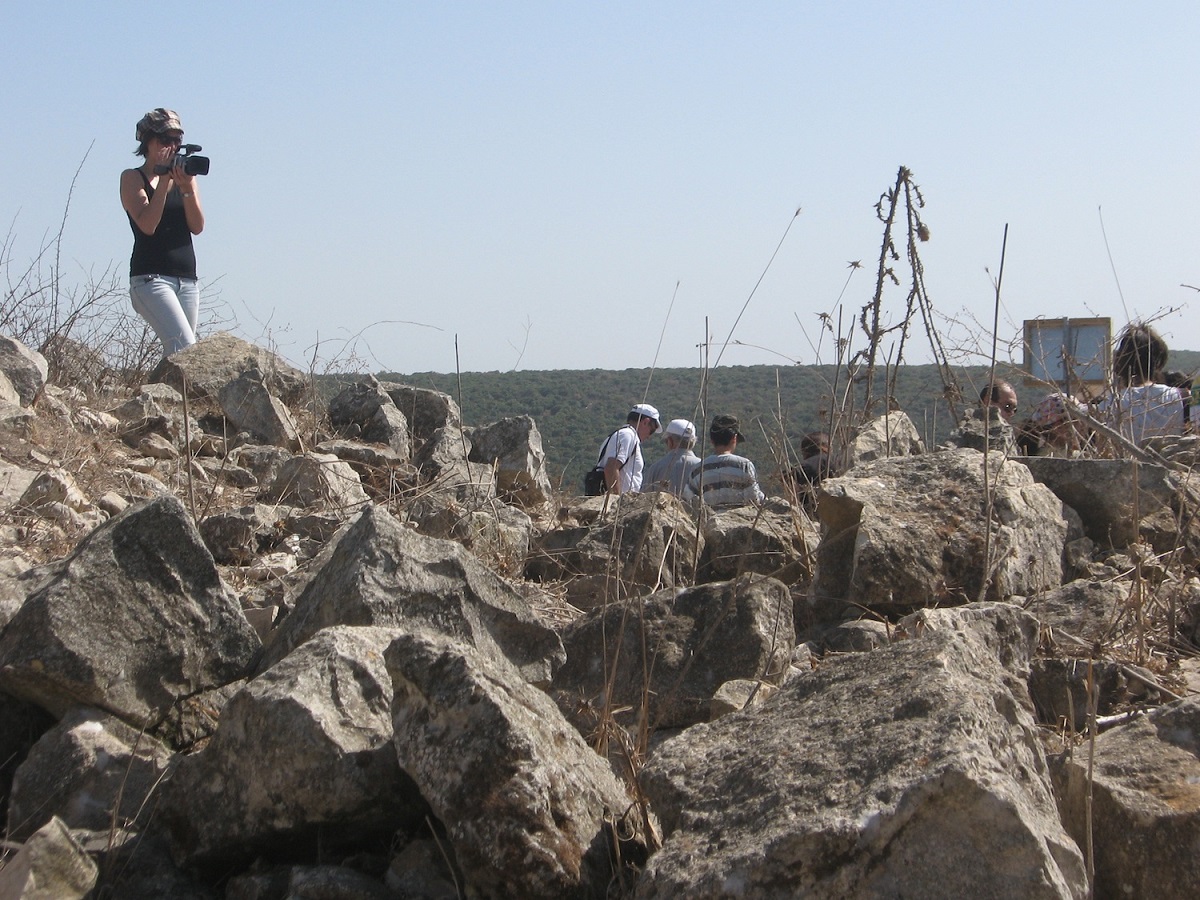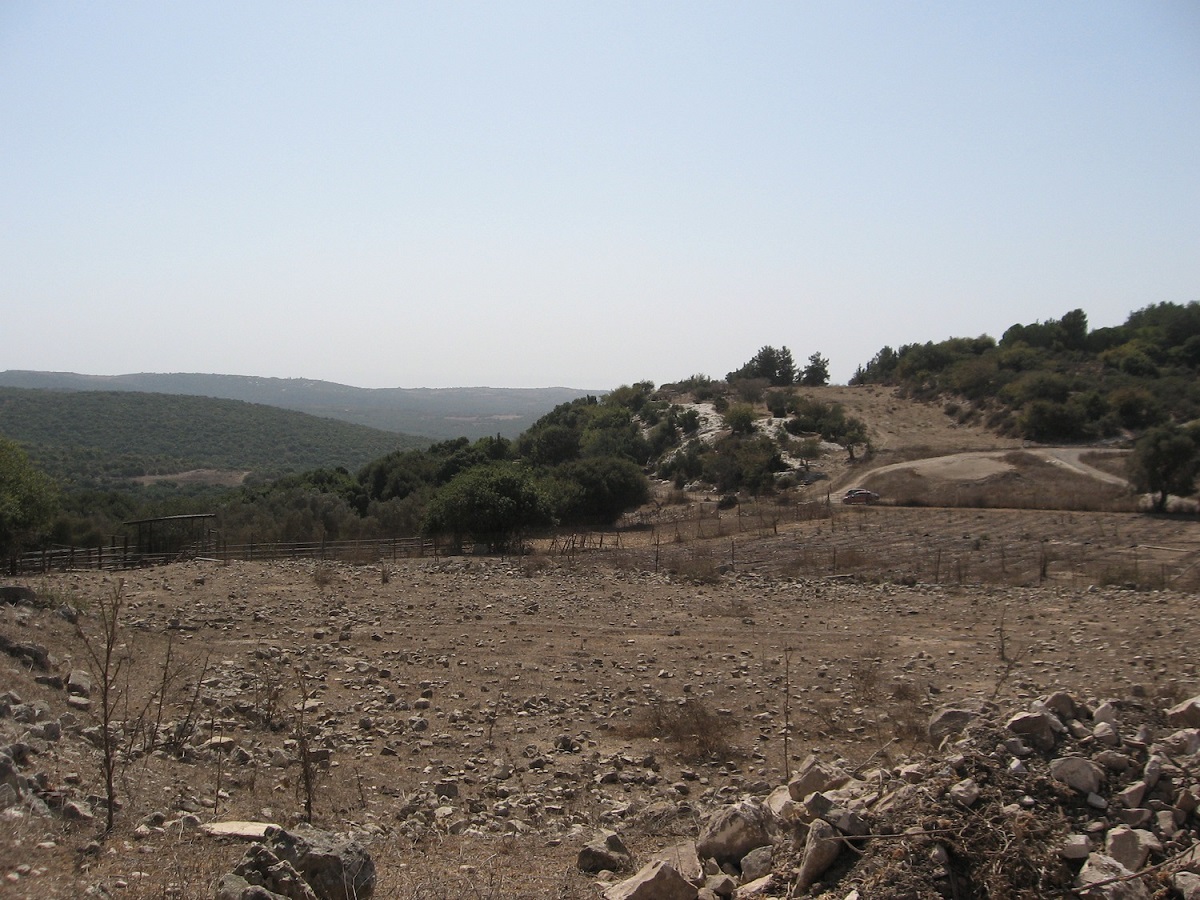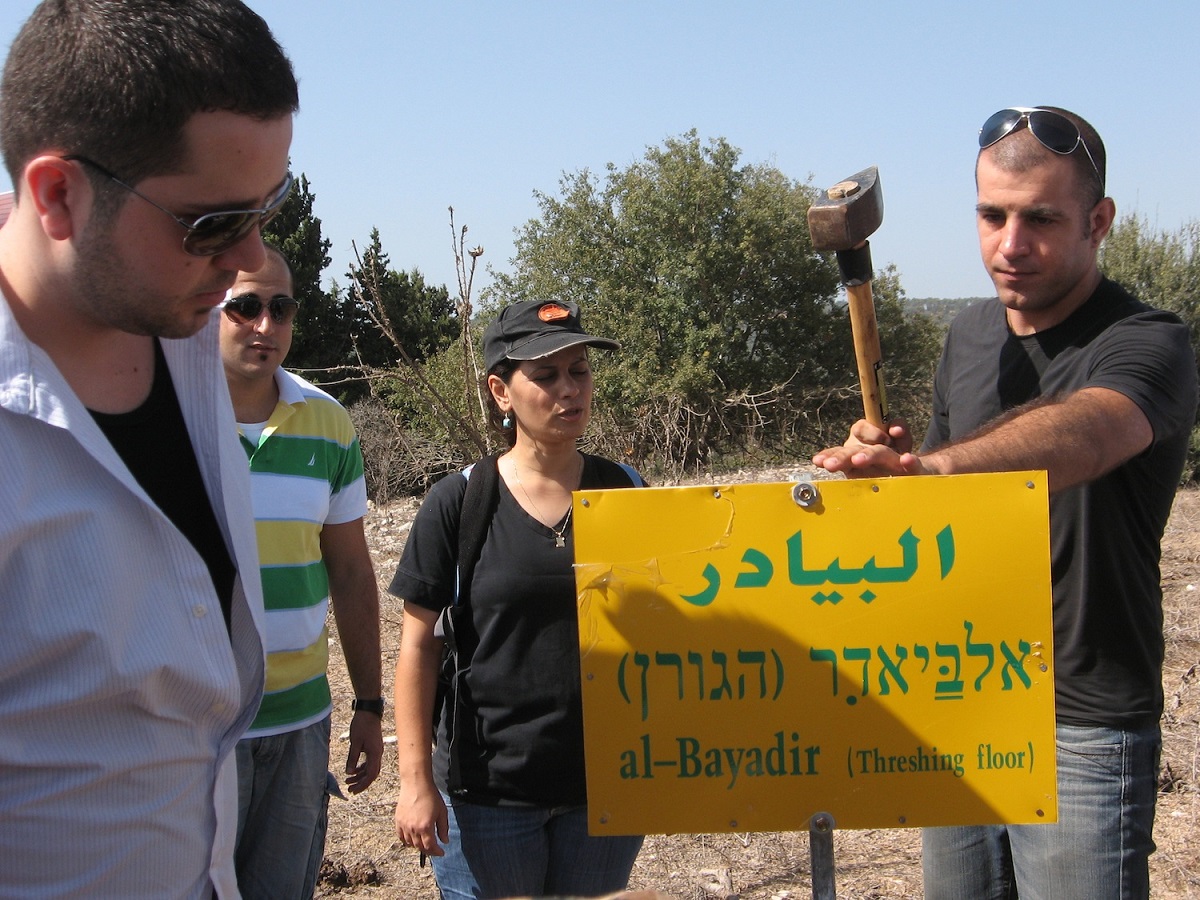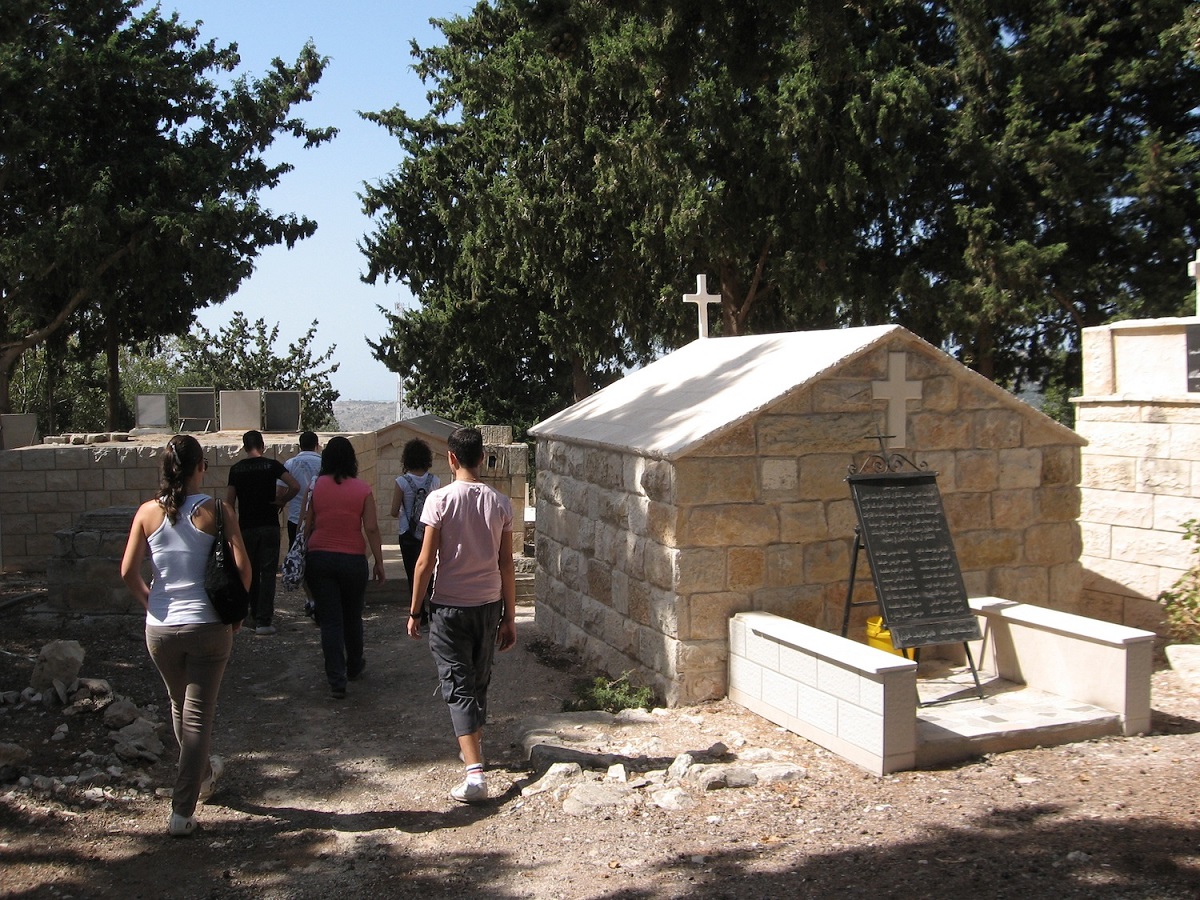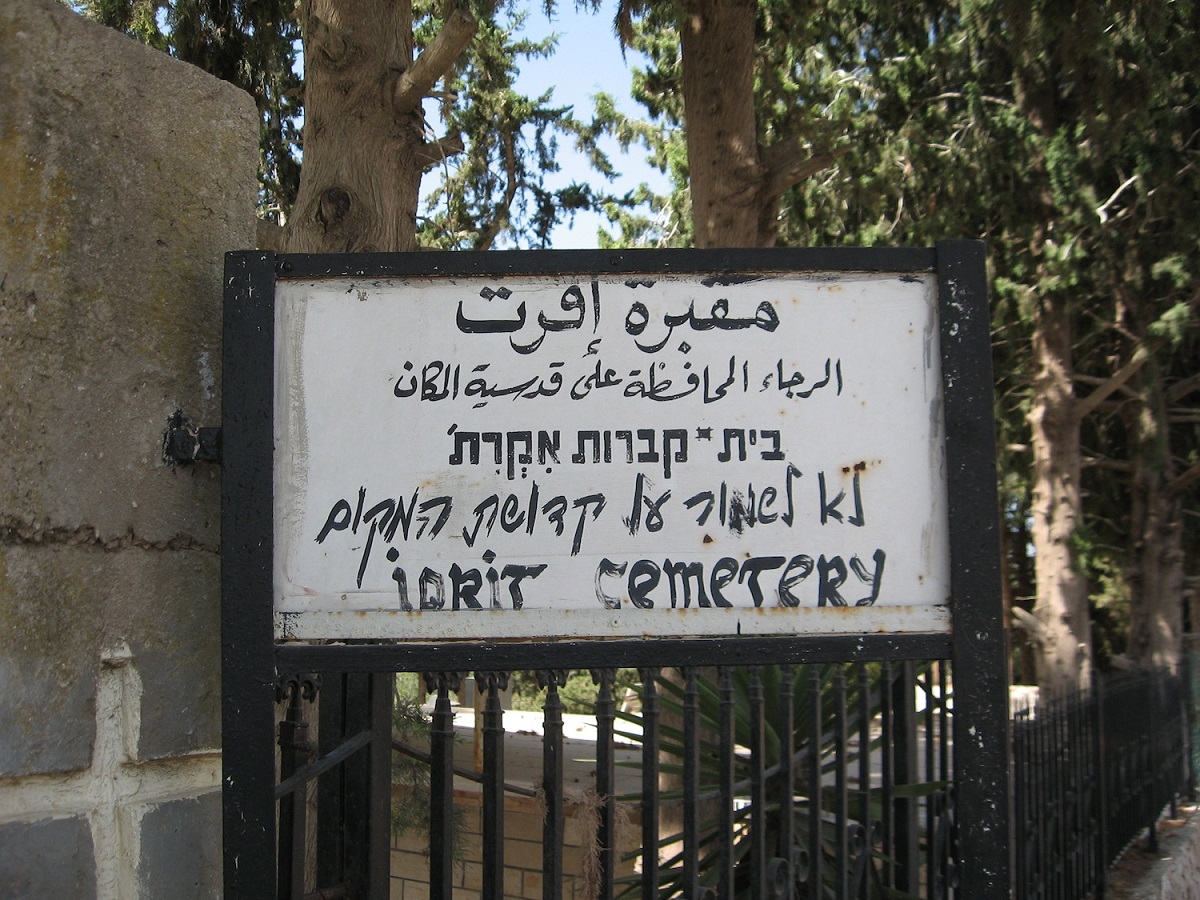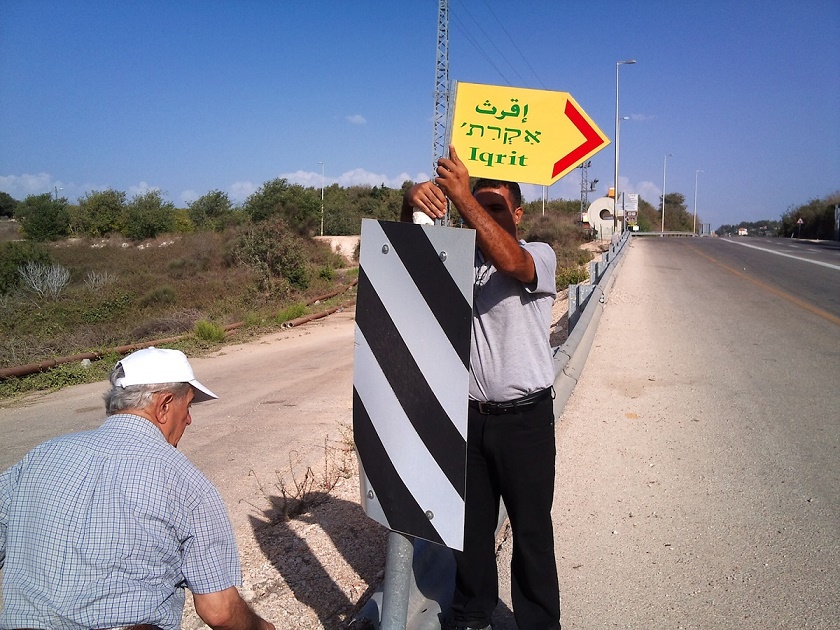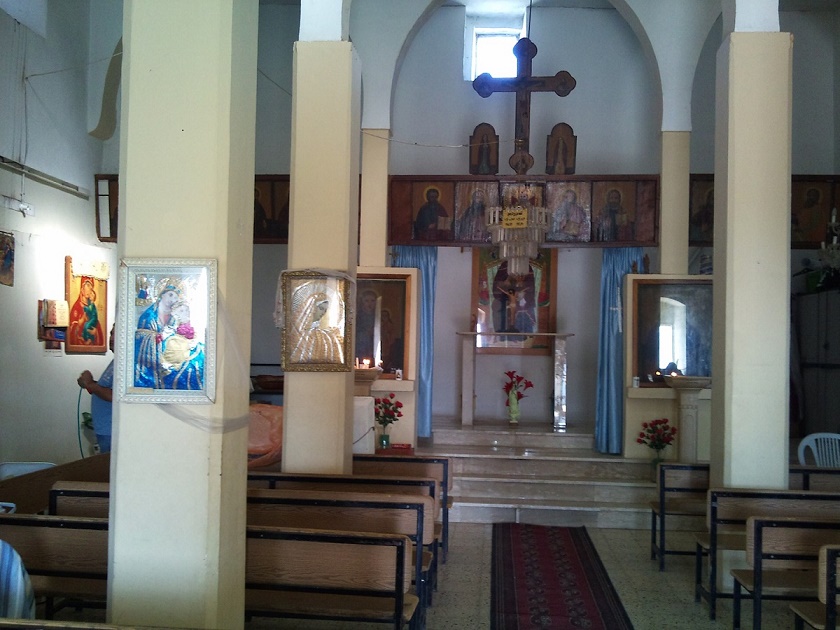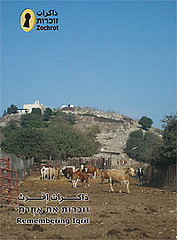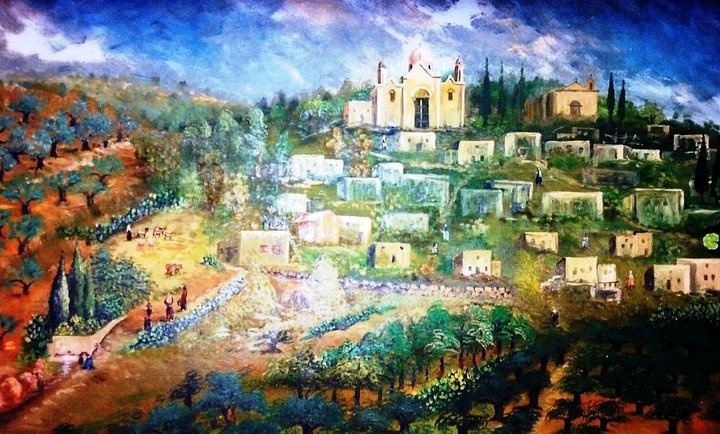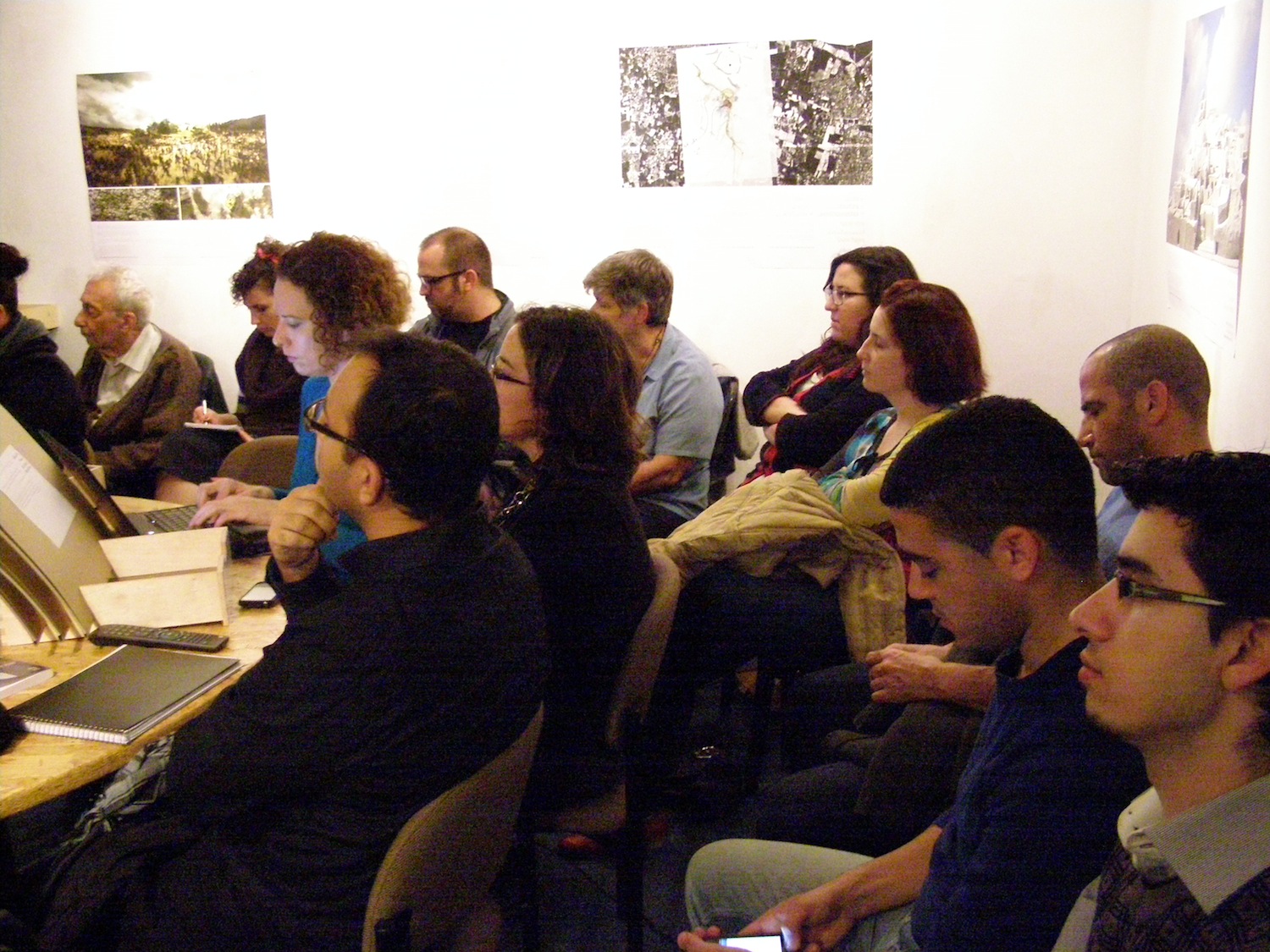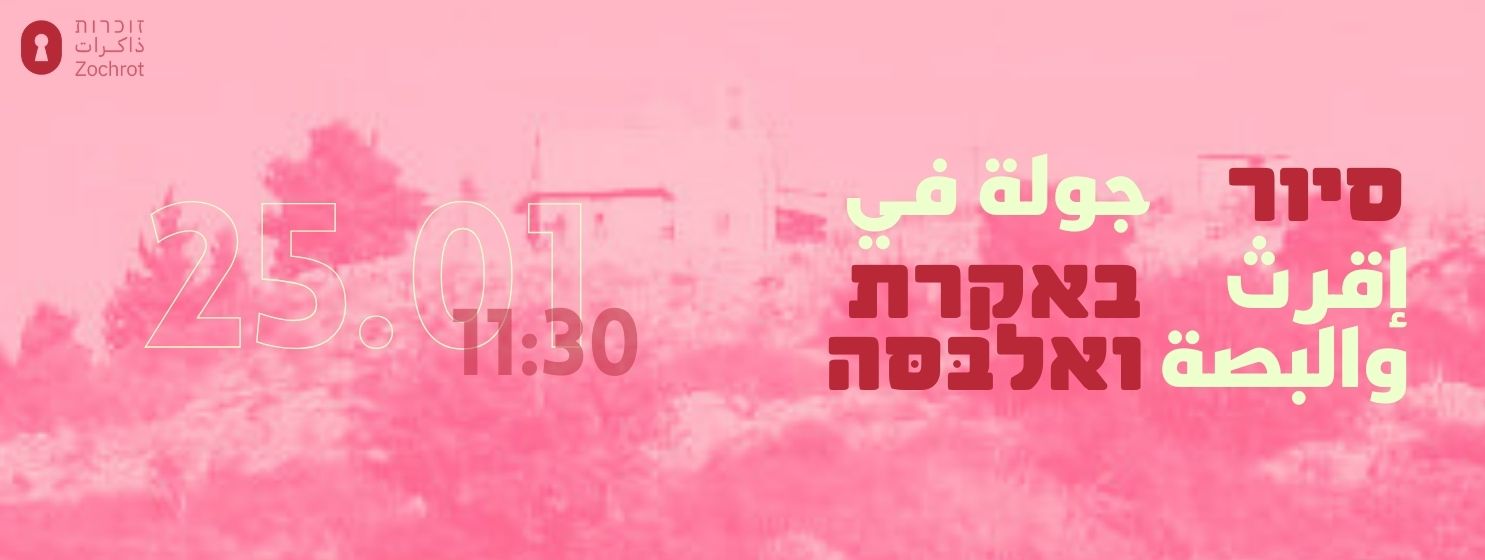Info
District: Akka (Acre)
Population 1948: 570
Occupation date: 31/10/1948
Occupying unit: 9th brigade (Oded)
Jewish settlements on village/town land after 1948: Granot Hagalil, Goren
Background:
The village was located on a steep hill a few kilometers from the Lebanese border. It overlooked uneven terrain on the east and Wadi al-Bassa on the west. I was located 25.5 km northeast from Acre, and a secondary road linked it to the Acre-Ra's al-Naqura coastal highway.
The History of the War of Independence states that Iqrit was one of the villages captured at the very end of Operation Hiram, after most of northern Galilee had already fallen. In a scramble to seize the rest of the region, the Israeli army's 'Oded Brigade contniued to advance along the road parallel to the border with Lebanon, taking Iqrit and Tarbikha on 31 October 1948. The account adds that the villages surrendered to the Israeli army, and the villagers apparently remained in their homes.
They did not remain there for long, however. Some ten days after the end of the battles on the northern front, they were summarily expelled. Along with several other villages, Iqrit fell prey to the "principle of an Arab-less border strip," according to Israeli historian Benny Morris. This was approved by the General Staff of the Israeli army in the second week of November 1948. At Iqrit, the soldiers told the villagers that their eviction would be temporary and that they would soon be allowed to return. Some were dispersed to Lebanon; others were trucked by the Israeli to the Palestinian village of al-Ramla, some 20 km to the south. For some years thereafter, and together with the inhabitants of several other villages that had received similar treatment, the people of Iqrit continued to plead with the Israeli authorities that they be alowed to return to their villages, to no avail. Morris writes that the case of Iqrit and two other border vilalges in particular "illustrates how deeply rooted the IDF's [Israel Defense Force] determination from November 1948 onwards to create a northern border strip free of Arabs."
The settlement of Shomera, founded in 1949, and Even Menachem, founded in 1960, are on the border between the village lands and the lands of Tarbikha, northeast and east of the village site. Goren, established in 1950, is on village lands west of the site. Gornot ha-Galil was established in village lands in 1980.
The only extant landmark is the Greek Catholic Church – a stone structure with a flat roof from wich a rectangular belfry rises. It has a rectangular doorway with a decorative round arch and carvings atop the lintel. An assortment of crosses is placed in niches of the front facade, includinga cross above the arch and a large Latin cross on the (locked) door, flanked by two smaller crosses on the upper quadrants of the door. The church is untended and discolored. Otherwise the site contains nothing but stone rubble, and is overgrown with fig and pomegrenate trees and other flora. There is a cow shed on village lands.
Videos
The 3rd International Conference on the Return of Palestinian Refugees
"Our Return" is A joint project from the Arab Association for Human Rights, the Association for the Defence of the Rights of the Internally Displaced, Baladna -- Association for Arab Youth, and Zochrot.
Social TV report on Udna project at Iqrit, a destroyed village in the North
The final film the project: "Our Return" - Visualize the Return
From Truth to Redress: Realizing the Return of Palestinian Refugees
International Conference in Tel Aviv, September 29-30 2013
Zochrot, together with the Iqrit Community Association, organized a tour to the ruined village of Iqrit in the western Galilee. The tour started in the cemetery of the village and ended at the church, the only remaining structure since the village was destroyed on Christmas eve, 1952.
Zochrot would like to thank MCC for their support of the tour and film.


